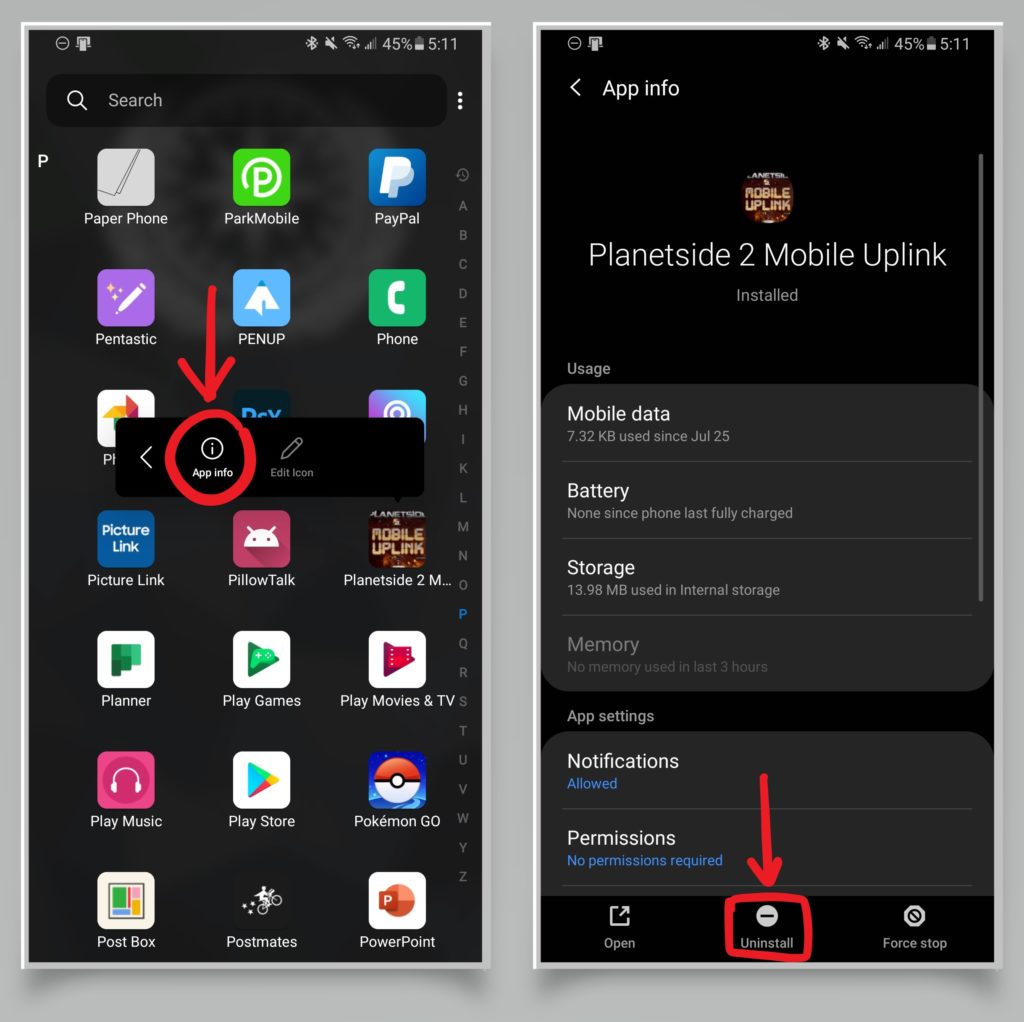

See this article " How To Auto Sign In After Restarting Windows 10". When one of our readers, Kenzo, asked me about apps auto restarting in Fall Creators Update, I suggested him to change the appropriate option. after restarting once updates were installed. One of them was the ability to re-launch the apps after installing updates, i.e. (Both options are also available if you right-click any entry on the list.If you are following Windows 10 development and articles on this blog, you might be familiar with all the changes done to Windows 10. To re-enable a disabled app, click the Enable button. To prevent a program from starting automatically, click its entry in the list and then click the Disable button at the bottom of the Task Manager window. (Right-click that heading and choose the Disk I/O at startup and CPU at startup columns to see even more details, as shown in the screenshot above.) The performance impact of each entry in the list is categorized as Low, Medium, or High in the Startup Impact column. That tab displays a startlingly long list of programs that have been configured to start up every time you turn on your PC. (If you don't see any tabs, click the More details link at the bottom to expand Task Manager to its full glory.)


To start, press Ctrl+Shift+Esc to open Task Manager and then click the Startup tab. Windows 10 offers control over a wider range of auto-starting programs directly from Task Manager. In older Windows versions, you probably became accustomed to managing a limited selection of these nuisances using the Msconfig utility. You almost certainly want your cloud file storage utility to run automatically so it can sync changes and new files added to OneDrive or Dropbox while you were away, for example.īut other auto-start programs are simply resource-draining vampires, placed there by program developers who decided their little icon in the system tray should always be visible, even though you rarely use their software. Most of the time, auto-starting programs are benign and useful. Those auto-start programs can run as a result of entries in the Windows registry, scheduled tasks, Group Policy settings, even the ancient Win.ini file. Every time you start your PC, Windows checks in more than a dozen places to see if you (or, more likely, some program you installed) has specified that a program should start automatically.


 0 kommentar(er)
0 kommentar(er)
